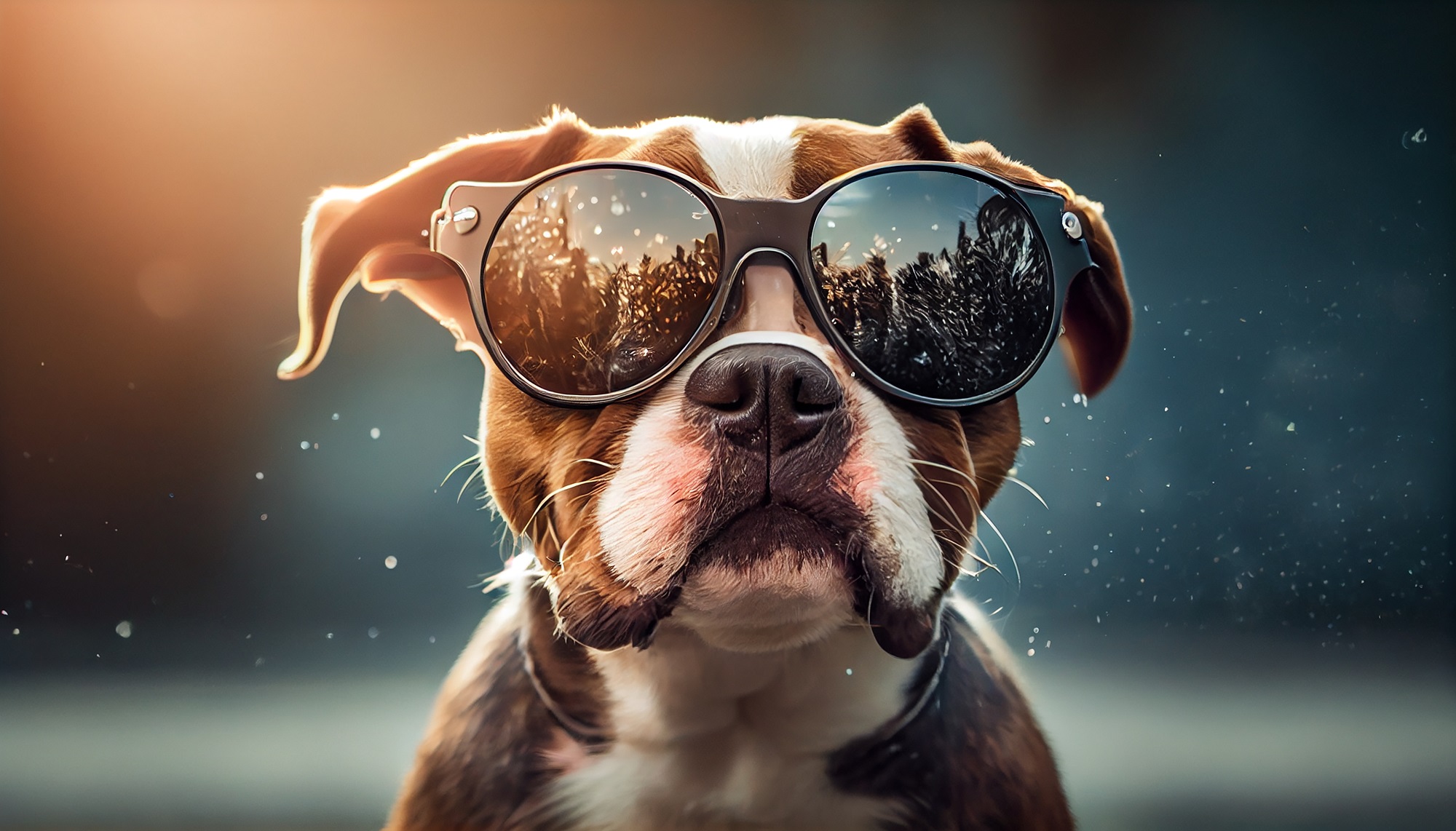Dogs, our furry companions, have a unique perspective on the world, and it’s not just because they wag their tails instead of shaking hands. These four-legged friends perceive colours and the world through a visual system that’s fundamentally different from our own.
While dogs can’t be considered true colour enthusiasts like us, they are far from seeing everything in black and white, as some may believe. Dr Emily Blackwell, a lecturer in companion animal behaviour and welfare at the University of Bristol, clarifies that dogs have a limited but distinct ability to perceive colours. “Dogs do have some colour vision. They see similar to people that are red-green colour-blind,” explains Dr Blackwell.
A world without colours?
Furthermore, dogs have roughly 4.8 million fewer photoreceptors in their retinas than humans, with only about 3% of their retinal cells being cones, as opposed to the 5% in humans. In essence, dogs see a more limited range of the colour spectrum than we do.
But there’s an intriguing twist in this tale of canine vision: dogs can perceive ultraviolet light. Dogs’ night vision is second to none, thanks to the abundance of rods in their retinas, enabling them to detect movement in low light conditions.
Doggy eyes can outperform ours
While you may perceive dogs as having a less detailed and somewhat blurry visual experience compared to ours, there is an aspect where their vision outperforms ours — their exceptional ability to detect motion. This advantage stems from something known as the critical flicker fusion rate.
To illustrate how doggy eyes can outperform ours, picture a light that flickers at an increasing rate. When the light flickers around 60 times per second, humans perceive it as a continuous and steady light source. However, according to a 1989 study in Physiology and Behavior, the light must flicker approximately 75 times per second for dogs to be similarly deceived.
In a dog’s eyes, the colours we see may look different to them. However, their remarkable capability to detect motion likely equips them to identify moving objects, such as prey, with much greater speed and precision than humans.
Read More News
LGBTQ Civil War continues: Man claims conservative gays “lack IQ points”
The photo above is from Pexels
The post Colors through doggy eyes appeared first on The Independent News.

